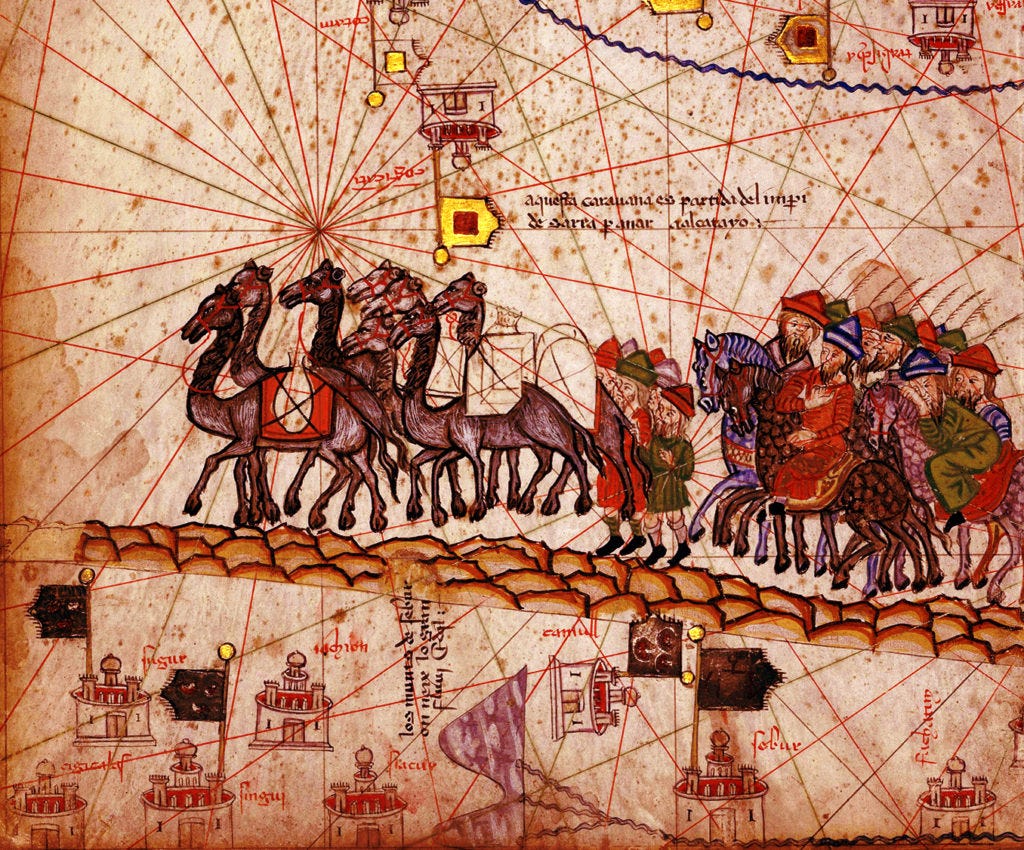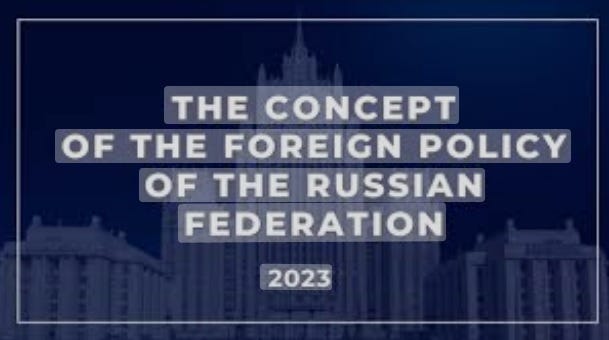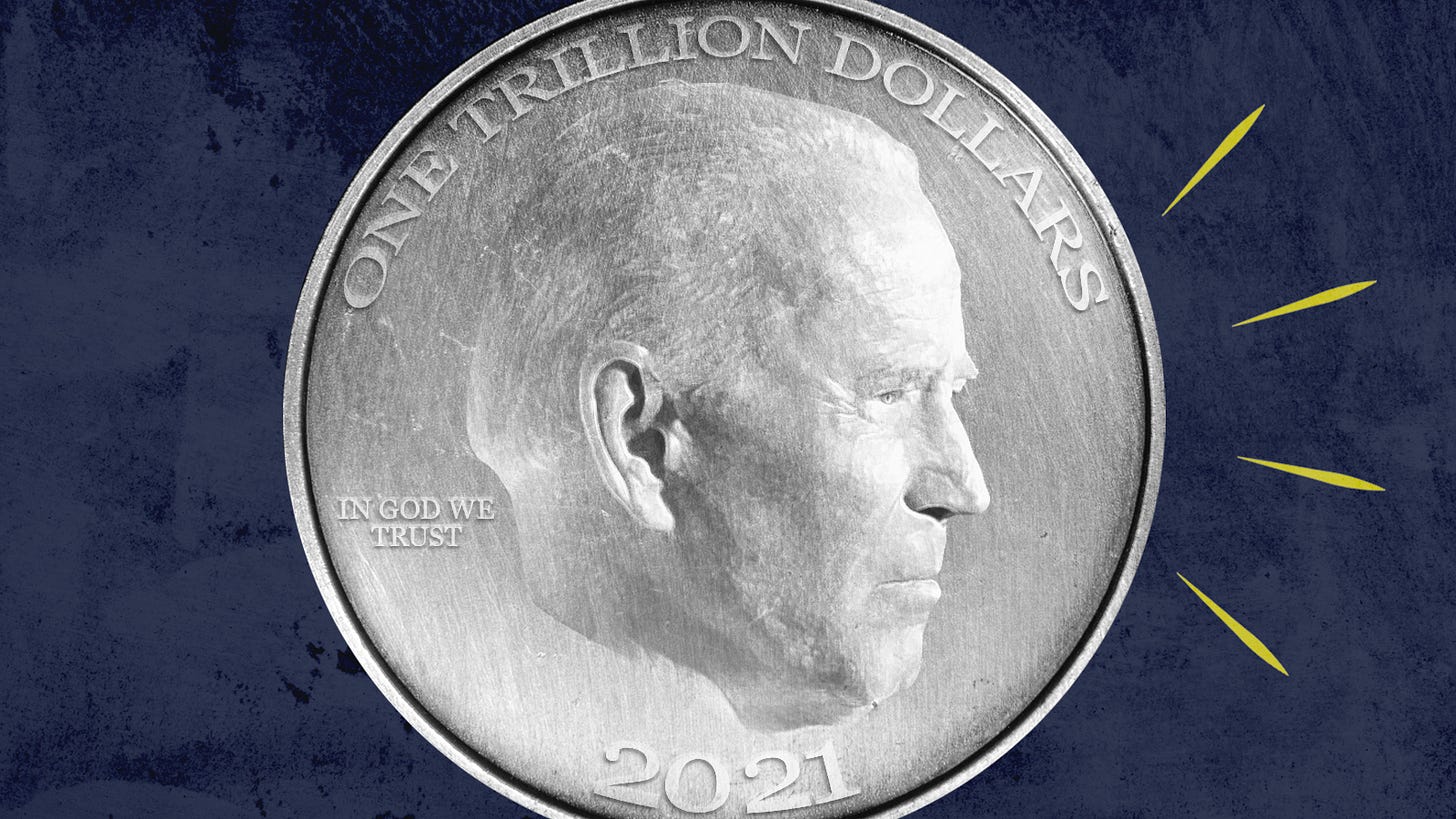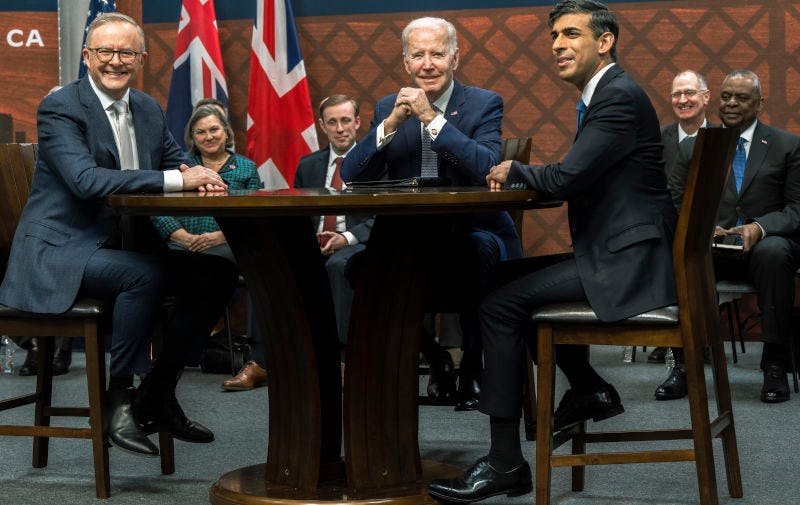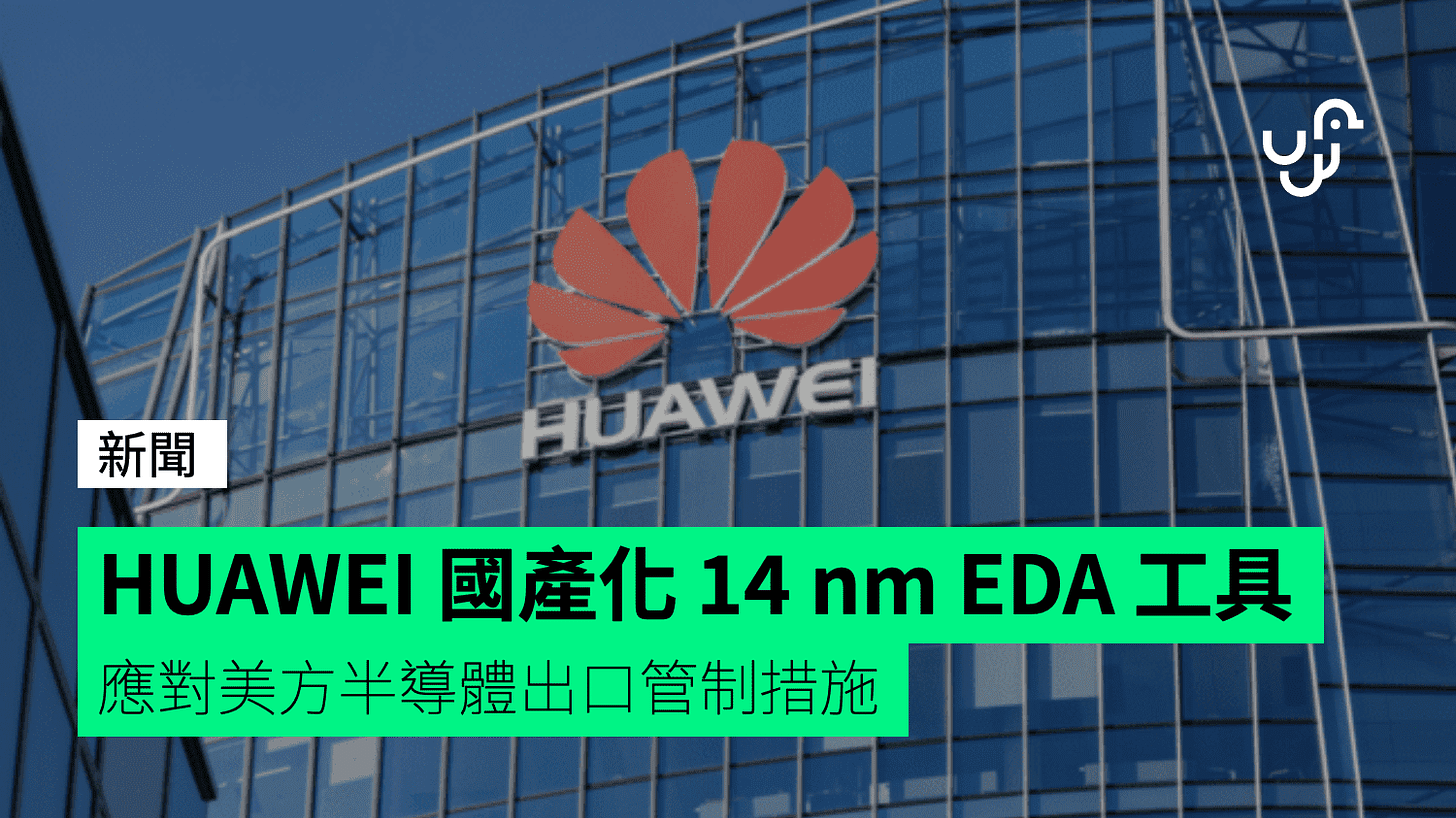Creation Destruction Stagnation
Differing views on Global transformations: China 500 years, India's multipolarity, Russia's new foreign policy, G7 trillion dollar rebalance, AUKUS torpedoed and Huawei gets 14 nanometre revenge
UPDATE: The Long Mekong Weekend Edition travels through time and space to explore the concepts of creation, protection and destruction. The mythical beginnings of creation, protection and destruction are in the Hindu God Shiva and mystical tales of the Phoenix rising from the ashes. In China’s Tianxia the asymmetrical relationship between earth and heaven is constantly in flux. The Greek stoic’s saw the universe being periodically destroyed and reborn. The French Revolution and rise of Napoleon, Marx and Engels ‘smashing the bourgeois state machine’ for the ‘dictatorship of the proletariat’. Nietzsche’s “eternal recurrence” in ‘Thus Spoke Zarathustra’, economist Joseph Schumpeter’s ‘evolutionary process of continuous innovation and creative destruction’, Mao Zedong’s ‘continuous revolution’ and Fernand Braudel’s ‘La longue durée’ ( the long term) or evental history.
“Beyond, or beneath, the cycles and structural crises, lie old attitudes of thought and action, resistant frameworks dying hard, at times against all logic”. (Fernand Braudel)
‘And whoever must be a creator in good and evil, verily, he must first be an annihilator and break values. Thus the highest evil belongs to the highest goodness: but this is creative’ (Friedrich Nietzsche)
‘From the heart of all matter Comes the anguished cry - ‘Wake, wake, great Siva, Our body grows weary Of its law-fixed path, Give us new form. Sing our destruction, That we gain new life...’ (Rabindranath Tagore, Indian Poet)
Five Centuries of Global Transformation: A Chinese Perspective
Yao Zhongqiu (姚中秋) is a professor at the School of International Studies and dean of the Centre for Historical Political Studies, Renmin University of China.
Brief excerpts:
Humanity is in the midst of a global upheaval, on a scale unseen in 500 years: namely, the relative decline of Europe and the United States, the rise of China and the Global South, and the resulting revolutionary transformation of the international landscape. Although the era of Western global dominance is often said to have lasted five centuries, precisely speaking this is an overstatement. In reality, Europe and the United States have occupied their positions as world hegemons for closer to 200 years, after reaching their initial stages of industrialisation. The first industrial revolution was a turning point in world history, significantly impacting the relationship between the West and the rest of the world. Today, the era of Western hegemony has run its course and a new world order is emerging, with China playing a major role in this development. This article explores how we arrived at the current global conjuncture examining the different stages in the relationship between China and the West.
Stage I: A Shifting Balance Between China and the West
The first encounter between China and Europe dates back to the era of naval exploration of the fifteenth and sixteenth centuries, during which the Chinese navigator and diplomat Zheng He (1371–1433) embarked on his Voyages Down the Western Seas (郑和下西洋, Zhèng Hé xià xīyáng) (1405–1433), followed by the Portuguese and Spanish naval expeditions to Asia.
Stage II: Reversals of Fortunes Between China and the West
In the mid-to-late eighteenth century, Western countries utilised their higher levels of industrialisation to secure decisive military superiority, which they abused to conquer and colonise nearly the entire Global South. This brought the world closer together than ever before, but in a union that was unjust and, therefore, unsustainable.
Stage III: The Decline of the US-Led Order
In the wake of China’s rise, the old, Western-dominated world order has been overwhelmed, however, the real trigger for its collapse is the instability resulting from the fact that the United States has been unable to secure the unipolar global dominance which it pursued after the end of the Cold War.
China’s Role in Reshaping the World Order
A new international order has begun to emerge amid the disintegration of the old system. The main generative force in this dynamic is China, which is already the second largest economy in the world and is a civilisation that is distinct from the West.
1. The restoration of balanced global development. Pax Americana was unable to establish a stable form of rule over the world island, as the United States was separated from this region by the sea and was unable to form constructive relations with non-Western countries.
2. Moving beyond capitalism and promoting people-centred development. The system on which Western power and prosperity has been built is capitalism, rooted in European legacies of the merchant-marauder duality and colonial conquest, driven by the pursuit of monetary profits, managing capital with a monstrously developed financial system, and hinging on trade.
3. Towards a world of unity and diversity. When the European powers established the current world order, they generally pursued ‘homogenisation’, inclined to use violence to impose their system on other countries and inevitably creating enemies. Despite this preoccupation with homogenisation, the US-led order is being unravelled by rampant polarisation, broken apart by intensifying cultural and political divisions.
1. A tianxia order will not be built at once but progressively. In approaching the construction of a new international order and revitalising the concept of tianxia, China should follow this progressive approach to avoiding a collision with the existing hegemonic system. The concept of tianxia refers to a historical process without end.
2. Virtue and propriety are the first priority in maintaining the emerging tianxia system. A tianxia system aims to ‘harmonise all nations’, not to establish closed alliances or demand homogeneity.
3. A tianxia order will not seek to monopolise the entire world. The world is too large to be effectively governed by any country alone. Today, China does not seek to impose any system onto other countries; with such moderation, the struggle for hegemony can be avoided.
4. A new international order will consist of several regional systems. Instead of a world system governed by one dominant country or a small group of powers, a new global order will likely be made up of several regional systems.
Concluding Remarks
The evolution and future direction of the world order cannot be understood without examining the shifting relationship between China and the West over the past five centuries. In the early modern era, the Western powers were inspired by China in their pursuit of modernisation; in the past century, China has learned from the West. The reemergence of China has shaken the foundations of the old Western-dominated world order and is a driving force in the formation of a new international system. Amid the momentous changes in the global landscape, it is necessary to recognise the strengths and limits of Western modernity, ideologies, and institutions, while also appreciating the Chinese tradition of modernity and its developments in the current era. For China, this requires a restructuring of its knowledge system, guided by a new vision which is inspired by classical Chinese wisdom: ‘Chinese learning as substance, Western learning for application’ (中学为体,西学为用, Zhōngxué wèi tǐ, xīxué wèi yòng).
Read the full article here.
Download the March 2023 edition of The Tricontinental.
View from India: ‘We are witnessing the birth pangs of a new World Order’
Unlike in the bipolar world during the Cold War, the behaviour of the majority is the most crucial factor that will determine the structure of the future international order, writes M.K. Bhadrakumar, Indian Ambassador and prominent international observer.
The latest happenings in international politics may seem esoteric, like the secret ceremonies of Knights Templar of the medieval order. But they are anything but abstruse. It has dawned on most rational minds that the conflict in Ukraine is not intrinsic but symptomatic of an epochal struggle consequential to the making of the World Order.
On March 20, British Defence Minister Annabel Goldie stated in the House of Lords that her government would provide Ukraine with shells containing depleted uranium. Indeed, there is a tragic precedent — NATO’s use of depleted uranium shells while carpet-bombing Serbia during Yugoslavia’s dismemberment. (Today, the highest incidence of cancer in entire Europe occurs in Serbia.)
Britain, chafing under its free fall as a world-class power, is overzealous about power projection, and, fortuitously, Washington also desperately requires a ‘game changer’ to stave off defeat in Ukraine. But madness has limits. If the Anglo-Saxon bravado translates into action, there is bound to be a fearsome Russian reaction.
Suffice to say, we are tiptoeing toward use of tactical nuclear weapons in modern warfare, with all its horrific implications for South Asia. India must voice concern over the Anglo-Saxon move.
Again, on March 14, the United States, the United Kingdom, and Australia (AUKUS) unveiled the details of their plan to create a new fleet of nuclear-powered submarines. AUKUS is undermining nuclear non-proliferation efforts. Alongside, AUKUS is also preparing for a military showdown with China.
Furthermore, Japan continues to ratchet up its hostile power projection vis-a-vis Russia and China, while simultaneously returning to the path of militarisation which it abandoned after World War II. Whether New Delhi voiced its concerns to the Australian and Japanese Prime Ministers visiting India recently we do not know.
There is another side to this, too. For, AUKUS is coercing the IAEA Secretariat into endorsement on the relevant safeguards issues. This is yet another instance of the Western powers systematically dismantling the United Nations system to serve their geopolitical interests.
Plainly put, the US is replacing the UN with NATO as a global security organisation, anticipating that its capacity to dominate the world body is fast diminishing. NATO’s arrival in Asia is already foretold.
Two other major developments last fortnight — the reinvigoration of the “no limits” strategic partnership between Russia and China, and the China-brokered Saudi Arabia-Iran normalisation pact — are of a different genre, but signify the shape of things to come in India’s external security environment.
One lifts the veil on the military-political confrontation between Russia and the West which is going to shape international politics in the 21st century, while the second development in India’s extended neighbourhood carries a sense of immediacy as the harbinger of international politics being shaped by the many states that do not seek to align themselves with the banners of the opposing sides. Here lies the germane seed of the new world order for countries such as India, stresses M.K. Bhadrakumar.
Read more here.
The New Concept of the Foreign Policy of the Russian Federation
The Concept of the Foreign Policy of the Russian Federation is approved by Decree of the President of the Russian Federation No. 229, March 31, 2023.
Here are some key points of this scale document:
- Russia's place in the world is determined by its significant resources in all areas of living, its status of a permanent member of the United Nations Security Council, participant in the leading intergovernmental organizations and associations, one of the two largest nuclear powers, and the successor (continuing legal personality) of the Union of Soviet Socialist Republics (USSR). Russia, taking into account its decisive contribution to the victory in World War II and its active role in shaping the contemporary system of international relations and eliminating the global system of colonialism, is one of the sovereign centres of global development performing a historically unique mission aimed at maintaining global balance of power and building a multipolar international system, as well as ensuring conditions for the peaceful progressive development of humanity on the basis of a unifying and constructive agenda.
- Russia pursues an independent and multi-vector foreign policy driven by its national interests and the awareness of its special responsibility for maintaining peace and security at the global and regional levels. Russian foreign policy is peaceful, open, predictable, consistent, and pragmatic and is based on the respect for universally recognized principles and norms of international law and the desire for equitable international cooperation in order to solve common problems and promote common interests. Russia's attitude towards other states and interstate associations is contingent on the constructive, neutral or unfriendly character of their policies with respect to the Russian Federation.
- Humanity is currently going through revolutionary changes. The formation of a more equitable multipolar world order is underway. The imbalanced model of world development which has for centuries ensured the advanced economic growth of colonial powers through the appropriation of resources of dependent territories and states in Asia, Africa and in the Occident is irrevocably fading into the past. The sovereignty and competitive opportunities of non-Western world powers and regional leading countries are being strengthened. Structural transformation of the world economy, its transfer to a new technological basis (including the introduction of artificial intelligence technologies, the latest information and communication, energy, biological technologies and nanotechnologies), the growth of national consciousness, cultural and civilizational diversity and other objective factors accelerate the process of shifting the development potential to new centres of economic growth and geopolitical influence and promote the democratization of international relations.
- The changes which are now taking place and which are generally favourable are nonetheless not welcomed by a number of states being used to the logic of global dominance and neocolonialism. These countries refuse to recognize the realities of a multipolar world and to agree on the parameters and principles of the world order accordingly. Attempts are made to restrain the natural course of history, to eliminate competitors in the politico-military and economic spheres, and to suppress dissent. A wide range of illegal instruments and methods is being used, including the introduction of coercive measures (sanctions) in circumvention of the UN Security Council, provocation of coups d'état and military conflicts, threats, blackmailing, manipulation of the consciousness of certain social groups and entire nations, offensive and subversive actions in the information space… It becomes more difficult to develop collective responses to transnational challenges and threats, such as the illicit arms trade, proliferation of weapons of mass destruction and their means of delivery, dangerous pathogens and infectious diseases, the use of information and communication technologies for illicit purposes, international terrorism, illicit trafficking in narcotic drugs, psychotropic substances and their precursors, transnational organized crime and corruption, natural and man-made disasters, illegal migration, environmental degradation. The culture of dialogue in international affairs is degrading, and the effectiveness of diplomacy as a means of peaceful dispute settlement is decreasing. There is an acute lack of trust and predictability in international affairs.
- The abuse by certain states of their dominant position in some spheres intensifies the processes of fragmentation of the global economy and increases disparity in the development of states. New national and trans-border payment systems are becoming widespread, there is a growing interest in new international reserve currencies, and prerequisites for diversifying international economic cooperation mechanisms are being created.
- The role of the power factor in international relations is increasing, conflict areas are expanding in a number of strategically important regions… The use of military force in violation of international law, the exploration of outer space and information space as new spheres of military action, the blurring of the line between military and non-military means of inter-state confrontation, and the escalation of protracted armed conflicts in a number of regions increase the threat to global security, enhance the risk of collision between major states, including with the participation of nuclear powers, and the probability of such conflicts escalating and growing into a local, regional or global war.
- A logical response to the crisis of the world order is the strengthening of cooperation between the states that are subject to external pressure. The formation of regional and trans-regional mechanisms of economic integration and interaction in various spheres and the creation of multi-format partnerships to solve common problems are being intensified… Effective solutions to the numerous problems of our time and peaceful progressive development of large and small nations and humanity as a whole can be achieved only through combining the potential of good faith efforts of the entire international community on the basis of the balance of power and interests.
- Considering the strengthening of Russia as one of the leading centres of development in the modern world and its independent foreign policy as a threat to Western hegemony, the United States of America (USA) and their satellites used the measures taken by the Russian Federation as regards Ukraine to protect its vital interests as a pretext to aggravate the longstanding anti-Russian policy and unleashed a new type of hybrid war. It is aimed at weakening Russia in every possible way, including at undermining its constructive civilizational role, power, economic and technological capabilities, limiting its sovereignty in foreign and domestic policy, violating its territorial integrity. This Western policy has become comprehensive and is now enshrined at the doctrinal level. This was not the choice of the Russian Federation. Russia does not consider itself to be an enemy of the West, is not isolating itself from the West and has no hostile intentions with regard to it; Russia hopes that in future the states belonging to the Western community will realize that their policy of confrontation and hegemonic ambitions lack prospects, will take into account the complex realities of a multipolar world and will resume pragmatic cooperation with Russia being guided by the principles of sovereign equality and respect for each other's interests. The Russian Federation is ready for dialogue and cooperation on such a basis.
- In response to unfriendly actions of the West, Russia intends to defend its right to existence and freedom of development using all means available. The Russian Federation will concentrate its creative energy on the geographic vectors of its foreign policy which have obvious prospects in terms of expanding mutually beneficial international cooperation. The majority of humanity is interested in having constructive relations with Russia and in strengthening Russia's positions on the international scene as an influential global power making a decisive contribution to maintaining global security and ensuring peaceful development of states.
- Russia is striving towards a system of international relations that would guarantee reliable security, preservation of its cultural and civilizational identity, and equal opportunities for the development for all states, regardless of their geographical location, size of territory, demographic, resource and military capacity, or political, economic and social structure.
Access the full translation of The Concept of the Foreign Policy of the Russian Federation.
We are living through a trillion-dollar rebalancing
Beneath a veil of silence, a hugely dramatic and powerful episode of financial repression is ongoing. Faced with a rash of banking crises it is tempting to declare, plus ça change. There is nothing more inevitable than death, taxes and bank failures. But what about the bailouts? The publicly subsidised takeover of Credit Suisse by UBS and the hasty extension of guarantees to all SVB’s depositors are just the latest in a recent series of such actions. They suggest that we have entered a new era, one in which thoroughgoing liquidation of financial bubbles is politically unthinkable and so moral hazard and zombie balance sheets pile up.
Both these interpretations are superficially plausible. Put them together and you have a vision of ever larger balance sheets, inevitable crisis and no less inevitable bailout, opening the path to even greater leverage and risk.
But in focusing on the morality play of bad bank managers and lax supervision, they mischaracterise the drama we are living through. What defines our current moment is neither the bank failures nor the relatively modest bailouts, but the astonishing macro-financial switchback of 2020-23. This began with mega-quantitative easing in response to the truly unprecedented shock of the Covid-19 lockdowns. The combination of stimulus, supply-chain disruption and Vladimir Putin’s war in Ukraine unleashed the biggest surge in inflation in half a century, which was met not with monetary easing, but with the most comprehensive tightening of monetary policy since the beginning of the fiat money era.
This is not a case of “plus ça change” but of polycrisis. We would not be here but for the pandemic. And the central bank response too is novel. They are doing what is necessary to stave off further contagion from SVB, but on rates they are sticking to their guns. Since early 2022, in the face of a market rout, the Federal Reserve has shown a resolve few people credited them with. Fed chair Jay Powell even half-hinted that a crisis or two might help to take the steam out of the economy. Certainly, those counting on the Fed to soothe their pain over huge losses on bond portfolios have had a rude awakening.
Containing the fallout from SVB and Credit Suisse does involve some element of public subsidy, but those transfers are tiny in comparison with the trillion-dollar balance sheet shift from bond investor to bond issuers triggered by the post-Covid pile-up of inflation and interest rate rises. As David Beckworth, of the Mercatus Center think-tank, has pointed out, in the US the ratio of public debt to gross domestic product has plummeted by more than 20 percentage points from its pandemic peak. This spectacular balance sheet shift between debtors and creditors is happening as a result of three forces: the rebound in real output following the Covid shock, the rise in prices and wages, which inflates nominal GDP, and the downward revaluation of the stock of bonds as a result of higher interest rates.
Read full article here.
AUKUS: not seen in Washington dominated media
AUKUS: signed and sealed by the Liberal government when it joined the pact in September 2021, the spoils of which have been delivered by the Labor Government in March 2023. The Labor Government and Australia will pay a heavy price for what is being done in our name. We are being humiliated by our own government.
The AUKUS alliance has forever changed Australia’s sovereignty. Foreign policy and diplomacy has been pushed aside by military policy. For the first time we will be engaging in the development and ownership of nuclear powered submarines. And for what purpose? Not for our own safety, prosperity or gain. The China threat is manufactured by a failing hegemon, aided by our own media desperate to contain a time stamped world order. China is not a military threat to Australia or the US.
The hysteria over China has given rise to a new age of McCarthyism displayed in the unforgivable sham of a Red Alert by our own media. And if this isn’t enough, the eye-watering budget could well have been put to use to tackle our real threat, climate change. The plight of our poor is ignored.
We have been struggling for decades to build bridges to our region. But instead of building bridges we have now become a spear carrier in the region for the US. With AUKUS we are retreating to the Anglosphere.
AUKUS is not about defending Australia. It is about aiding the US in its panic over the economic challenge of China. We have fallen in the US trap. Acting as a proxy for the violent and aggressive US, we have greatly increased our own risks.
Our series of articles by some of Australia’s best analysts are collated into an AUKUS collection here, to share a view of the many challenges AUKUS creates for our government, sovereignty and to the Australian people. More articles will be posted as the debacle unfolds.
Read the AUKUS collection here.
Huawei’s EDA Advance
Huawei’s 14nm EDA platform could overcome US sanctions. Huawei and Chinese Electronic Design Automation (EDA) companies have reportedly developed an integrated circuit (IC) design automation platform for producing semiconductors with features as small as 14 nanometers (nm). Evaluation and testing of the technology should be completed this year taking China toward overcoming progressively punitive US government sanctions on its semiconductor industry.
14nm is the most advanced process node used by SMIC, which runs China’s largest semiconductor foundry. The new EDA tools should cover most of the chips China needs for industrial, automotive and consumer applications. The new EDA tools, if as viable as reported, could also cause headaches for EDA industry leaders Synopsys, Cadence Design Systems and Siemens EDA (formerly Mentor Graphics), all of which are based in the US and subject to US government export restrictions to China.
Those restrictions currently affect only their most advanced technology, namely software used to design gate-all-around transistors starting at 3nm, but given the increasingly hostile attitude in Washington towards China, why should the Chinese take any chances? And why would the Chinese develop their own EDA tools and then not use them as maximally
Cadence and Synopsis have recently made about 15% of their sales in China. Both companies’ total sales are growing at high double-digit rates. However, Synopsys’ guidance for investors this fiscal year assumes no further changes to US government export controls while Cadence notes the possibility of significant changes in its geographic earnings mix.
In addition to Huawei, Chinese companies working on EDA include Empyrean Technology, X-Epic, Cellixsoft, Xpedic and others. Empyrean, which provides analog and mixed-signal IC, SoC (system-on-chip) and flat panel display (FPD) design solutions, is the most advanced but the others should not be written off.
According to a report in Digitimes, eight of 23 EDA companies working with Samsung Foundry are Chinese, a perch they have achieved through their technology and competitive pricing. American fears of the Chinese driving down prices to take market share are starting to be realized, probably sooner than they otherwise would be due to sanctions.
The next target for China’s EDA industry will be 7nm, which is currently the limit of the country’s lithography capability. The barriers to entry at smaller nodes rise steeply because exports of EUV lithography equipment to China are banned and exports of DUV equipment are likely to be restricted within the next few months.
At the same time, semiconductor design and related lithography technology are advancing rapidly at the leading edge. Last October, Taiwanese high-tech research organization TrendForce wrote that if current trends continue,
“…it will not be difficult for China to realize semiconductor autonomy in processes above 10nm,” and
“Domestic Chinese IC designers who are committed to the development of SoCs, cloud computing chips, and GPUs are destined to move to more advanced manufacturing processes in order to meet the iterative needs of product upgrades and are expected to move toward the 4nm manufacturing process in the next 2 to 4 years,”
But the impact of US restrictions on EDA software “is expected to gradually emerge in 2025, not only delaying the development schedule of some domestic Chinese IC designers but even causing developmental stagnation.”
With the announcement of Huawei’s 14nm EDA platform, this forecast points straight at the next battleground.
Read full article here.




